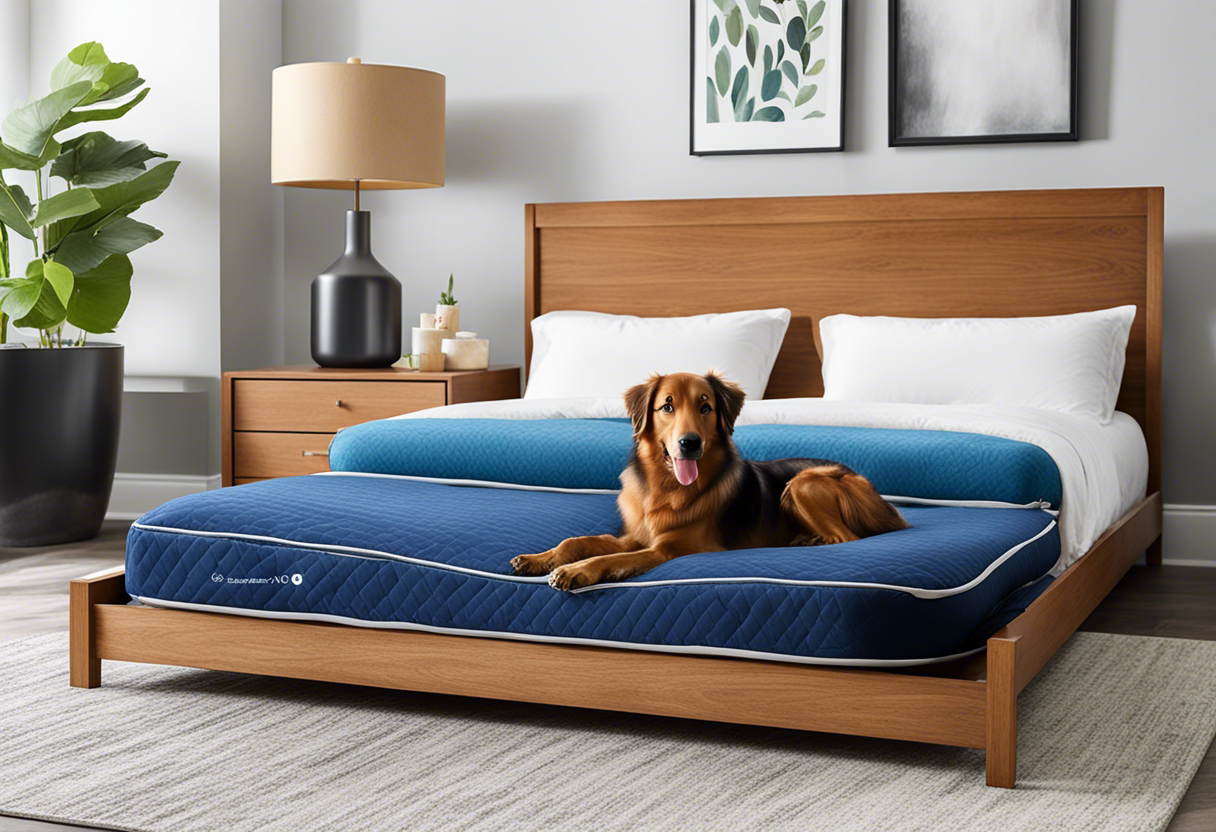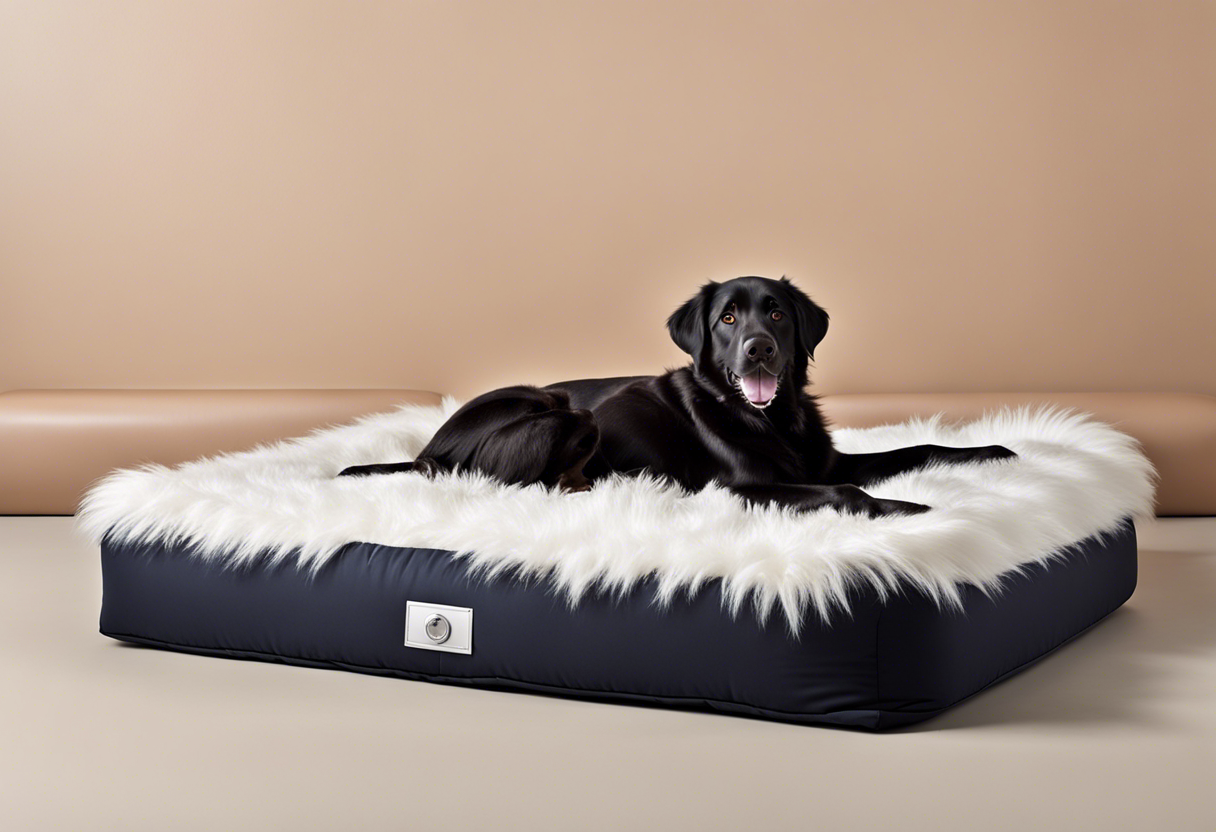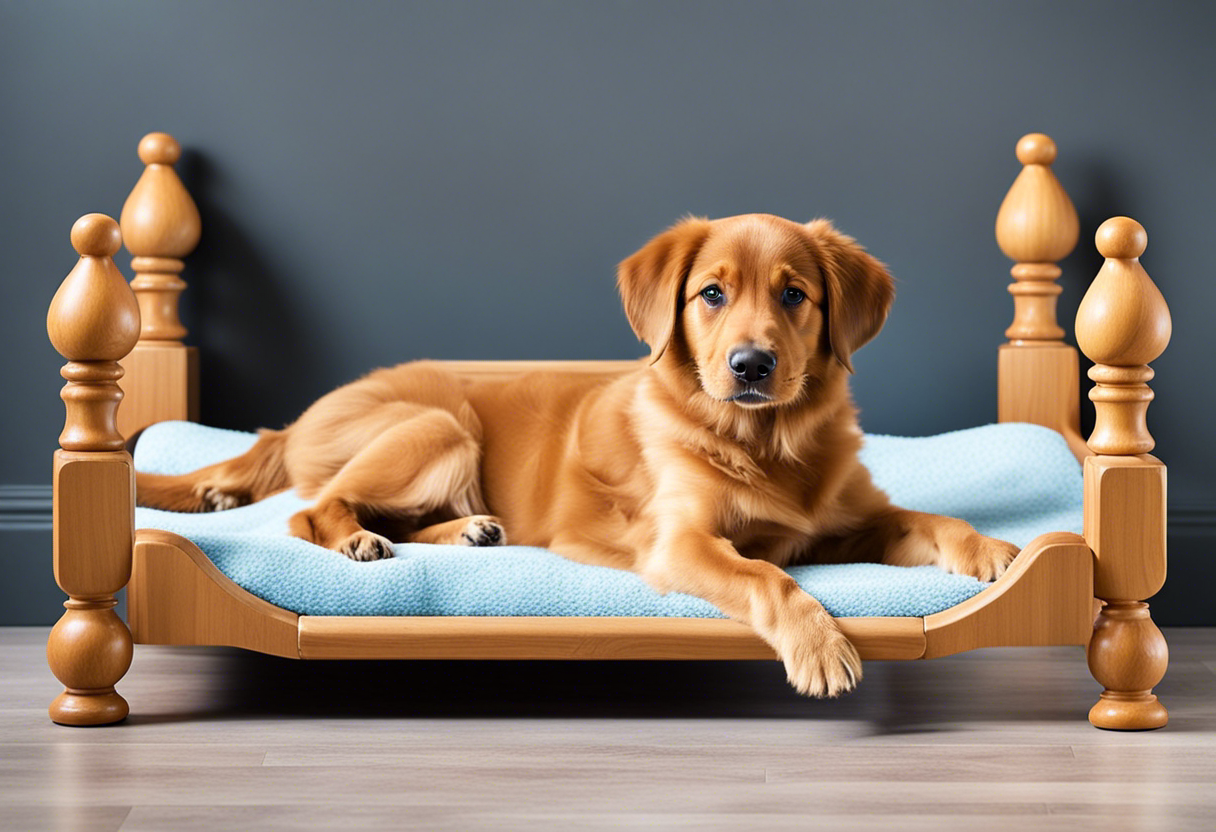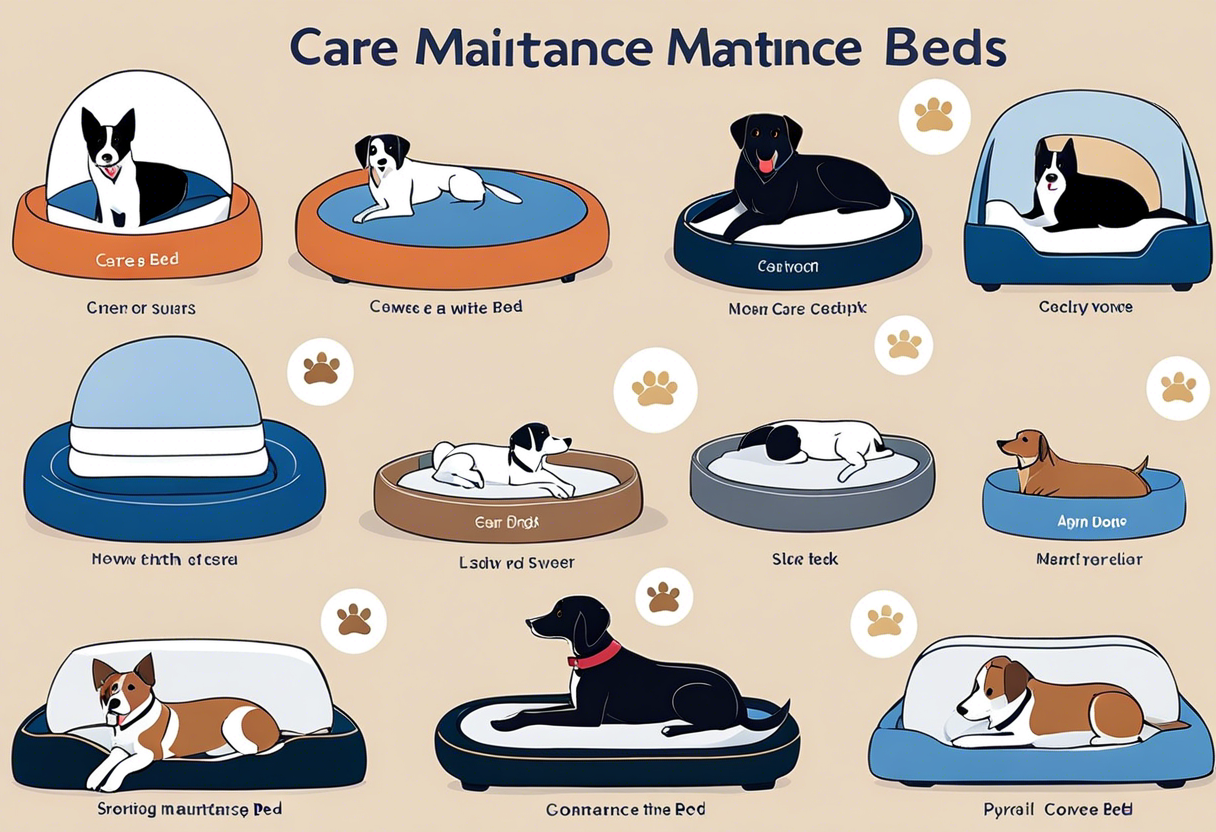Five Cozy Canine Comforts: The Ultimate Guide to Choosing the Perfect Bed for your Dog
Understanding your dog's sleep patterns is the initial step to select the perfect bed. Dogs sleep for an average of 12-14 hours per day, with puppies and older dogs requiring even more. Additionally, dogs, similar to people, have varying sleep styles. Some dogs prefer to curl up, others sprawl out, and certain dogs switch between the two. Further, many dogs love to nest – to dig into and rearrange their bedding until it feels just right. Observing your dog's sleep pattern will offer valuable insight into what kind of bed he or she might prefer.
Closely tied to the sleep pattern is the core element of comfort. Watch your dog’s preferred resting spots. Does he tend to favor cool, hard surfaces, or does he navigate towards blankets and cushions? Simply observing these preferences can give you a head start in the pursuit of the perfect bed.
The importance of a dog bed goes beyond mere sleep benefits. It provides a dedicated space where your dog can feel safe and secure, ultimately contributing to their overall well-being. Crafting their own space will give your dog a sense of ownership, helping combat any territorial tendencies, assisting with training, and enhancing their emotional health.
Size Matters: Picking the Right Bed for your Dog's Size

The size of the dog bed is paramount. Your dog’s bed should be slightly larger than your pet when he's stretched out full length. If your dog likes to stretch out while sleeping, a rectangular or square-shaped bed that is slightly larger than your dog would be ideal. For dogs who prefer to curl up, round or oval beds fitted with a bolster are preferable.
Commonly, pet owners make the mistake of buying a bed that's too small. A small bed might not support your dog correctly, leading to discomfort and potential health problems down the line, like arthritis and joint pain.
Keep the breed of your dog in mind. Larger breeds and older dogs may benefit from orthopedic beds, designed to be supportive and ease the pressure on their joints. Small breeds may enjoy a burrow bed, which enables them to wiggle deep into a soft, warm enclosed space.
Material Comfort: Choosing the Right Materials

Once you have an idea about the correct size of the bed, the next factor to consider is material. Allergies and sensitivity play a part here. If your dog has partial allergies, you might need a hypoallergenic dog bed.
For dogs who tend to chew, solid, durable materials are a must. Investing in a bed with chew-resistant technology could be the key to ensuring its longevity. Canvas and Cordura are praised for their resilient qualities and are often incorporated into chew-proof dog beds.
On the other hand, if your pup loves cuddles and warmth, a soft, fluffy material, like plush or faux fur, would be ideal. These materials can offer unmatched comfort and warmth, perfect for those colder months.
The Impact of Age and Health: Special Needs Considerations

Just like humans, dogs' needs change as they age or in case they have health issues. Puppies may benefit from chew-proof beds, as they tend to teethe and gnaw while they’re still young.
Senior dogs, or dogs suffering from conditions like arthritis or hip dysplasia, might appreciate an orthopedic bed. These beds are designed with extra padding and support to alleviate pressure on joints and make it easier for them to get in and out.
Heated beds could be a godsend for elderly dogs or breeds susceptible to the cold. They help to soothe aching joints and muscles and keep your pet warm during chilly nights. There are also cooling beds available for dogs prone to overheating or living in hot climates.
Care and Maintenance: Choosing a Dog Bed That's Easy to Clean

Dogs can be messy - they shed, they drool, they bring in dirt from outdoors. Hence, it's wise to choose a bed that's easy to clean. Some dog beds come with removable and machine-washable covers, making them a practical choice for maintaining a clean environment.
Waterproof or water-resistant beds could be a fantastic option for pups still in the potty-training phase, as they can help protect the core of the bed from accidents.
Finally, consider the durability of the bed. The more durable the construction and the materials used, the longer it will last, and the longer it can support your pet comfortably. A reliable dog bed might cost more upfront, but the payoff comes in not having to replace it as often.
Location, Location, Location: The Right Location for the Perfect Dog Bed

Where the bed will be located can make a tremendous difference in selecting the right one. If your pooch likes sleeping with you in a bedroom, consider a bed that syncs well with your room’s décor. For outdoor dogs, an elevated or indestructible dog bed might be suitable.
Similarly, the season and climate can also dictate the type of dog bed. Cooling dog beds can help keep your canine comfy in summer months, while a self-warming bed can be an ideal choice in the winter.
Moreover, if you travel a lot with your pooch, a portable bed would be a great investment. These beds are designed to be lightweight and easy to transport, ensuring your dog always has a familiar and comfortable sleeping spot, no matter where you go. Hauling a large conventional bed isn’t usually feasible, but a travel bed could be just the ticket.